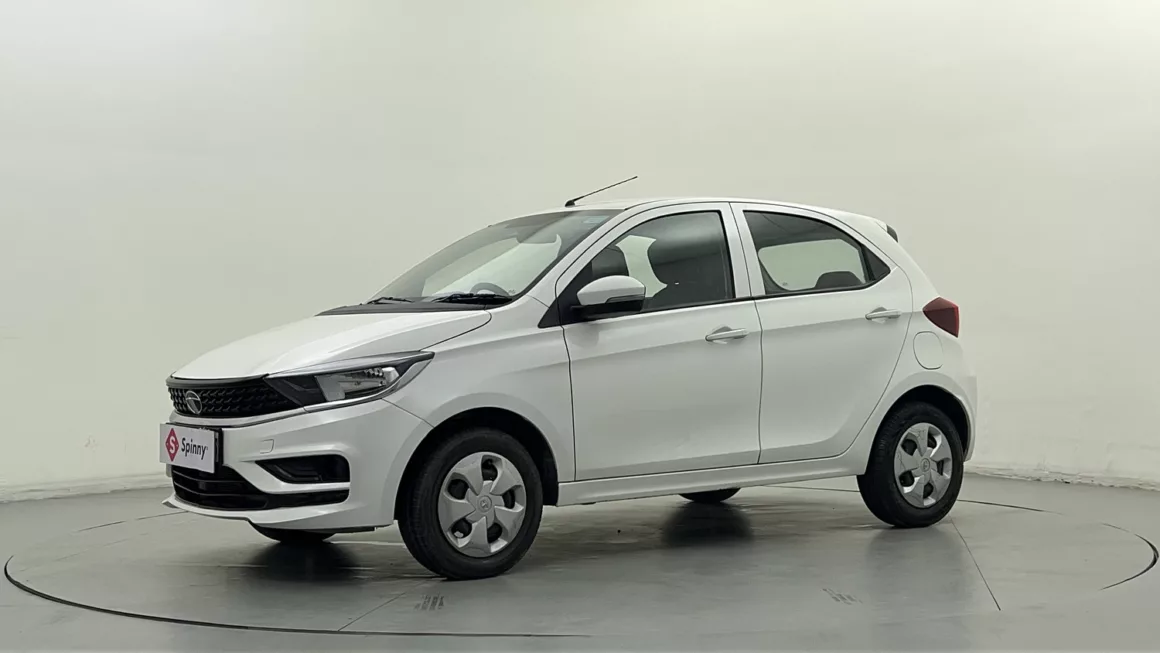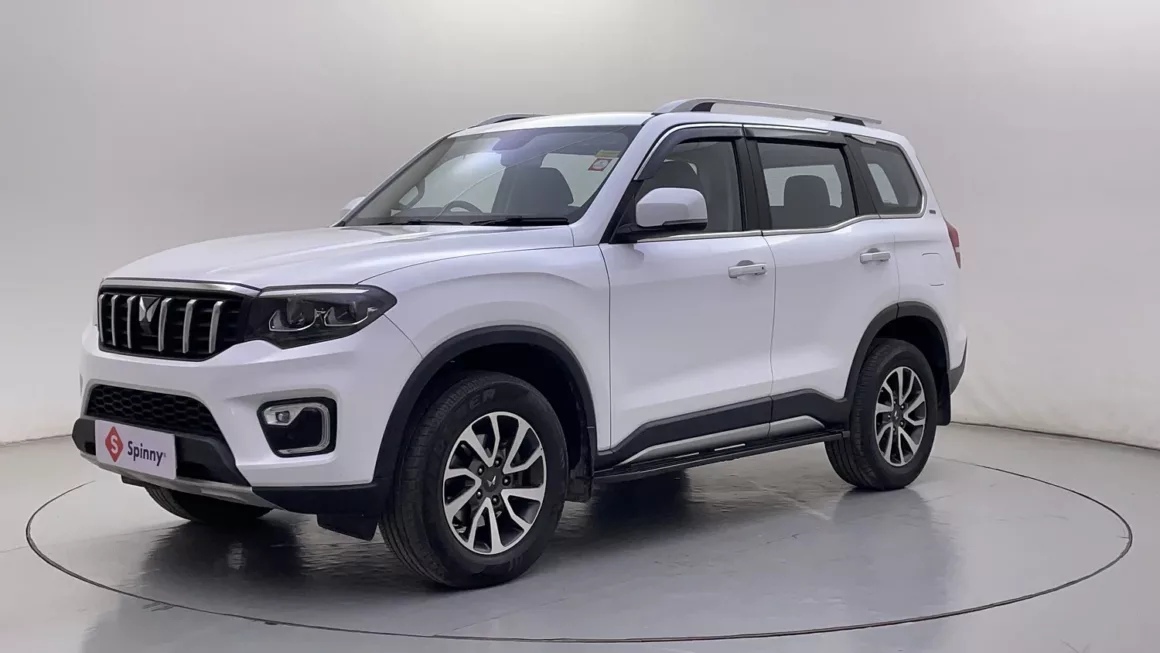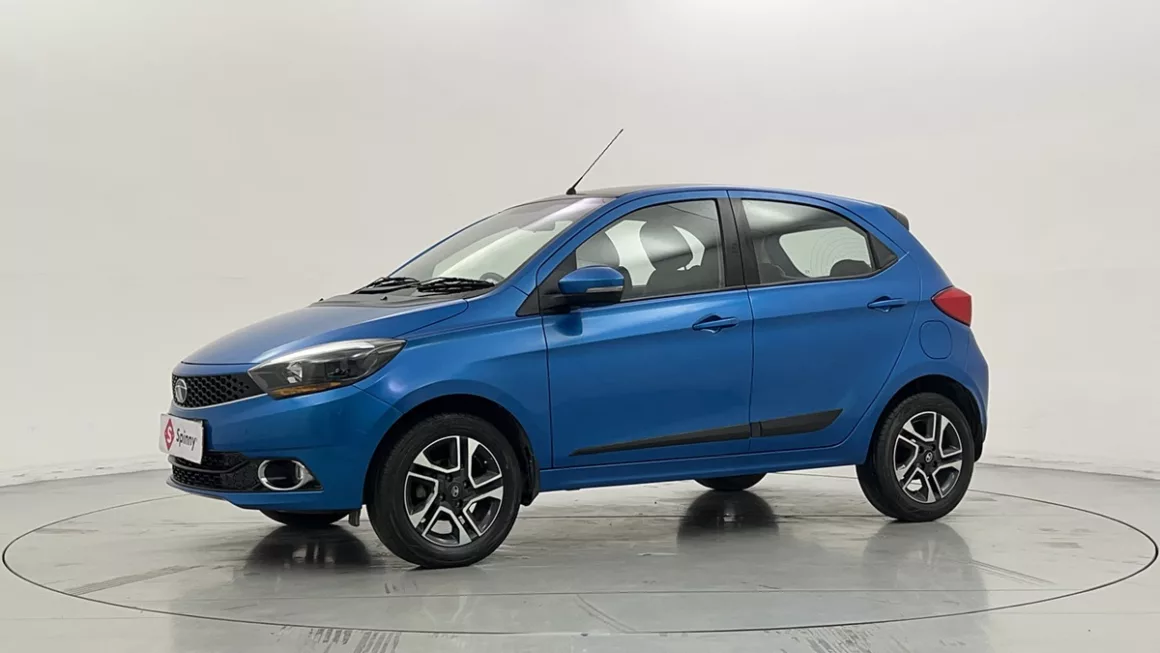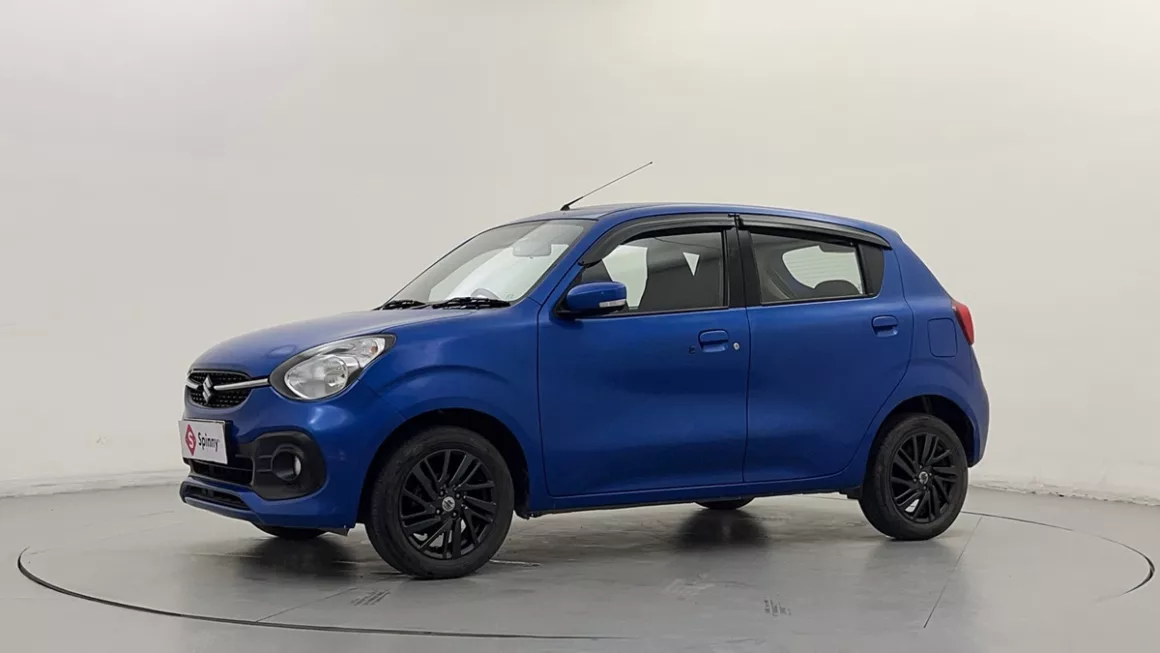The Hyundai i20 has been one of the most successful cars in the premium hatchback segment in India since its launch in the Indian market. With around 20 global awards under its name and starting at an ex-showroom price of just Rs. 7.04 lakh for the base model and going up to Rs. 11.25 lakh for the top-end variant, the Hyundai i20 comes in a lot of trims to fit all budgets and needs.
However, safety is key when choosing a car, especially for families. In a market where safety has become one of the key decision drivers, it is very important to assess how well the Hyundai i20 fares in crash tests and what features it offers to protect its occupants. Apart from the Hyundai i20 NCAP rating, this article will discuss the Hyundai i20 safety ratings in detail across its variants.
Hyundai i20 Safety Ratings for NCAP
When the Hyundai i20 was crash-tested under the #SaferCarsForIndia initiative by Global NCAP, it was crash-tested in its base safety spec. This means the car is only equipped with dual airbags and ABS (Anti-lock Braking System) on all variants.
The Hyundai i20 achieved a 3-star overall safety rating for adult and child occupant protection in the tests. Although this rating places it ahead of some entry-level hatchbacks in India, it falls short of recent competitors that have achieved a 4 or 5-star rating under the same tests.
The car’s body was rated as unstable, so it may not offer protection in high-speed impacts or even further loadings in the worst crash situations. While including primary safety equipment is good, the base variant does not have secondary safety equipment like side airbags or an ESC.
Hyundai i20 NCAP Rating for Adult Occupant Protection
The Hyundai i20 scored 8.84 out of 17 points in the Global NCAP‘s frontal-offset crash test for adult occupants, which resulted in a 3-star rating for this category. Here are the detailed evaluations by Global NCAP:
- Head and Neck Protection: The driver’s head protection was rated Adequate, while the passenger’s head protection was rated Good. This is a great relief for both the driver and passenger regarding their necks, which showed good protection in a frontal collision.
- Chest Protection: The driver’s chest protection was rated Weak, meaning some injuries could occur in a high-speed crash. The front passenger’s chest protection was rated Good.
- Knees and Legs: The driver’s and passenger’s knees offered Marginal protection. The test determined that their knees could reach hazardous structures behind the dashboard, like the tranfascia tube.
- Bodyshell and Footwell Area: The car’s bodyshell was considered unstable and could not withstand further impacts. The footwell area was also Unstable. This has raised doubts about the structure’s rigidity in severe crashes.
When it comes to adult occupants, i20 provides enough protection for them to survive a car crash at city speed limits. However, it is important to remember that the 3-star rating is applicable only up to the tested limit of 64 kmph which may not be applicable at higher speed due to the unstable bodyshell.
Hyundai i20 Child Occupant Protection Rating
The Hyundai i20 NCAP rating scored 36.89 points out of 49 for child protection, again resulting in a 3-star rating. This was for tests conducted on child restraint systems (CRS) and other safety features for younger occupants.
Some critical observations for child occupant protection are as follows:
- Child Restraint Systems (CRS): As expected, ISOFIX child seat anchorages are standard fitment on the i20, thus making the installation of child seats much more accessible and safer.
- Performance: The test used a forward-facing CRS for the 3-year-old child dummy and a rearward-facing one for the 1.5-year-old child dummy.
- The 3-year-old CRS restrained the dummy’s head and prevented it from moving forward. The high deceleration forces recorded in the neck offer Poor protection and could result in serious injury in a real-world crash; however, its chest protection was Good.
- For the 1.5-year-old dummy, the rearward-facing CRS provided good protection for the head and the chest.
- Seatbelt Limitations: A lap belt in the rear-centre seat rather than a 3-point seatbelt reduces the protection for passengers who will use the back seat.
While the 3-star rating for child occupant appears concerning, the i20 provides decent protection for children at city speed limits.
Hyundai i20 Safety Features
Safety features form an integral aspect of the reliability of any vehicle. To this effect, Hyundai has equipped the i20 with various standard safety features, while the higher variants get more to offer better protection.
Standard Safety Features
The standard safety features in the base model of the Hyundai i20 safety rating include:
- Dual Front Airbags: Hyundai offers dual airbags from the base model onwards as standard for both the driver and front passenger.
- ABS with EBD: Helps prevent wheel lock-up during emergency braking for better vehicle control.
- ISOFIX Child Seat Anchors: Ensures the child seat is fitted securely to ensure extra protection for young children.
- Rear Parking Sensors: Helps the driver detect obstacles while reversing.
- Seatbelt Alert: The driver and the front passenger are alerted that the seatbelts are not in place.
Advanced Safety Features (On Higher Variants)
The higher-end variants of the Hyundai i20 promise to offer top-of-the-range safety features like:
- Six Airbags: Frontal, side, and curtain airbags protect all occupants.
- Electronic Stability Control (ESC): Helping to bring stability when driving through tough corners, especially when road conditions become slippery.
- Hill Assist Control: This feature prevents backward roll when starting uphill.
- Tyre Pressure Monitoring System (TPMS): This system monitors tyre air pressure and warns the driver if a tyre is underinflated.
- Vehicle Stability Management (VSM): This feature improves stability during fast-changing manoeuvres or emergency braking.
- Driver Rear-View Monitor: The system shows the driver a live feed of what is behind the car to make reversing and parking easier.
All these features make the higher variants of the Hyundai i20 preferable for buyers who want to ensure the safety of all the occupants inside the car.
FAQ
Q. What’s the Hyundai i20 safety rating from Global NCAP?
Ans: According to Global NCAP’s crash test results, the Hyundai i20 has been awarded a 3-star safety rating for adult and child occupant protection.
Q. Does the Hyundai i20 have ISOFIX child seat mounts?
Ans: Ans: Yes, it does. All variants of the Hyundai i20 come with ISOFIX child seat mounts, which allow for the secure installation of child restraint systems.
Q. What are the key safety features of the Hyundai i20?
Ans: The i20 has dual front airbags, ABS with EBD, ISOFIX anchorages, ESC, and HAC, and six airbags in the top-end variants.
Q. What is the rating for child occupant protection tests for the Hyundai i20?
Ans: The Hyundai i20 got 36.89 points out of 49. The car does get standard ISOFIX mounts. However, in crash tests, the neck protection of a 3-year-old dummy was rated as Poor.
Q. Is the bodyshell of the Hyundai i20 stable?
Ans: No, Global NCAP rated the bodyshell of the Hyundai i20 as unstable, which cannot absorb further loadings.
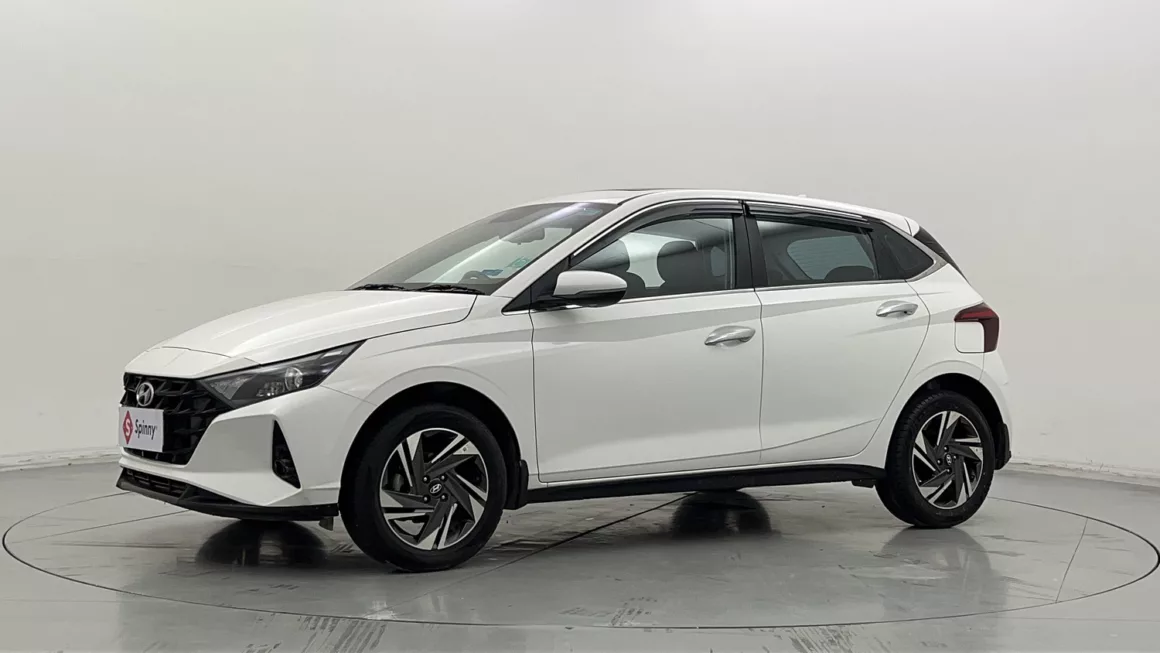
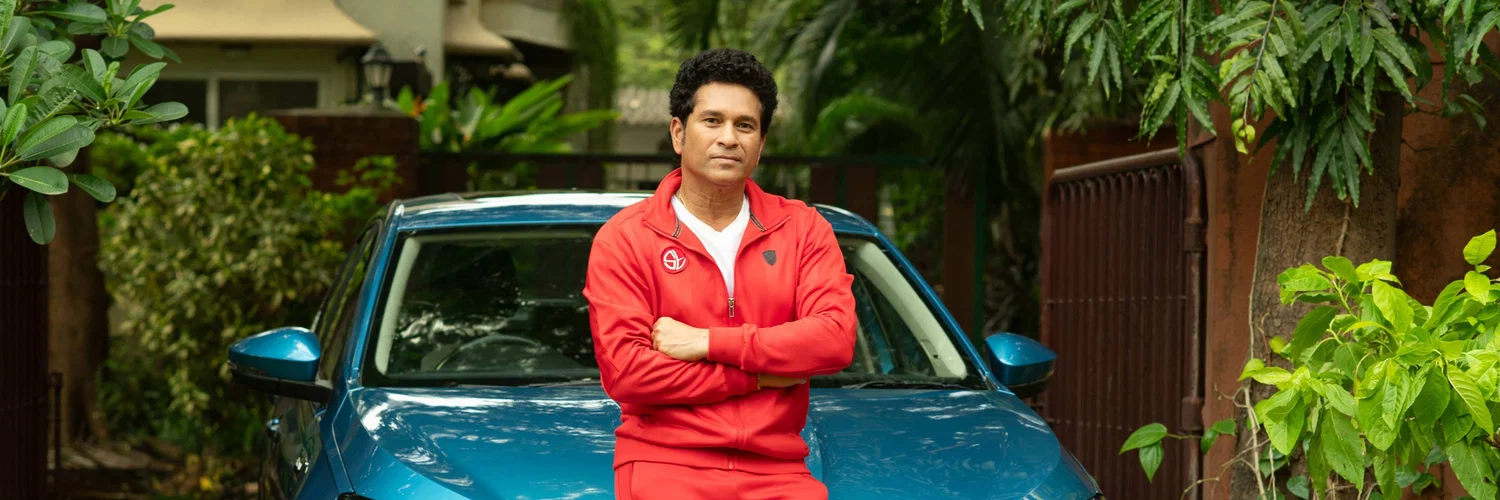


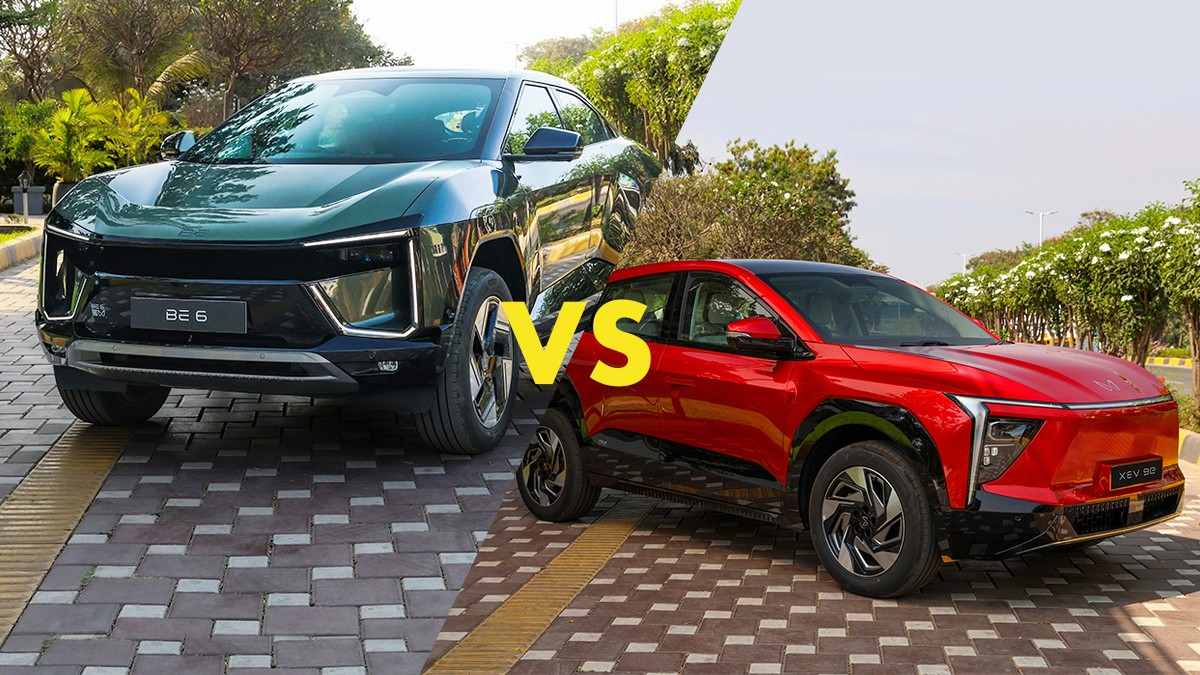



 ne big family!
ne big family!
